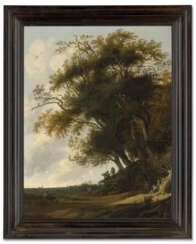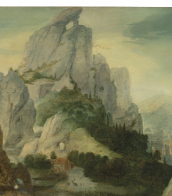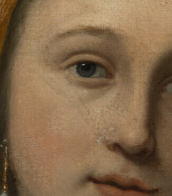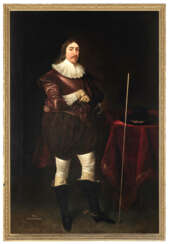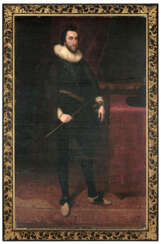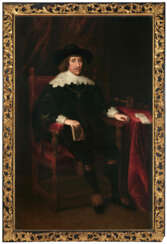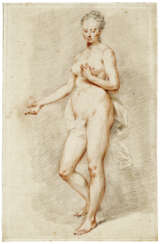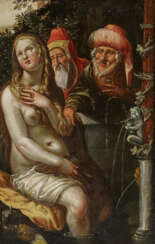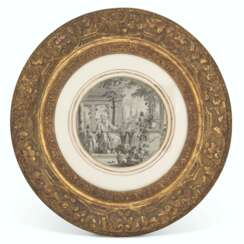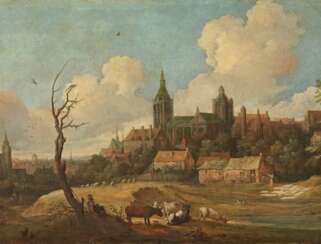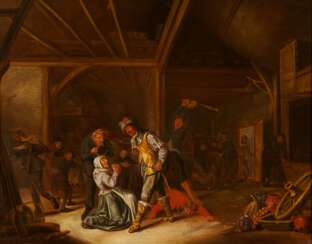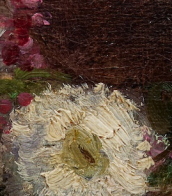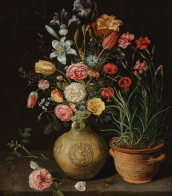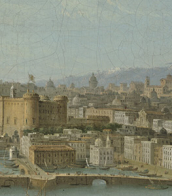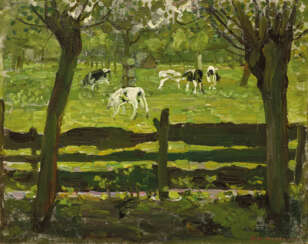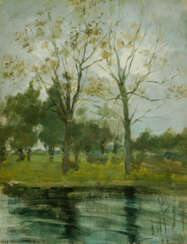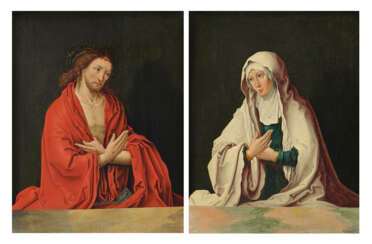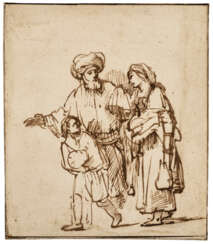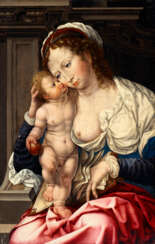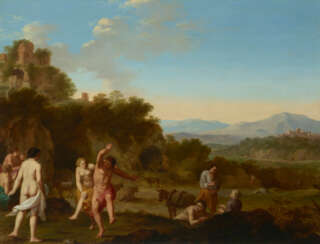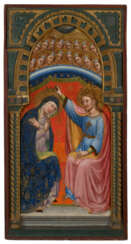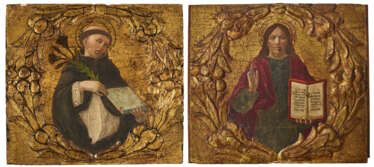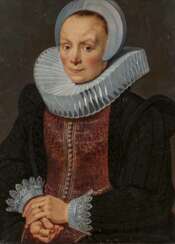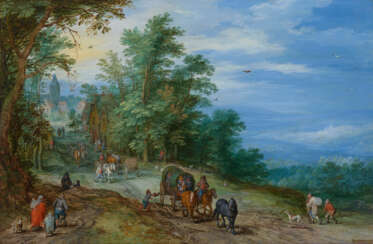the hague school
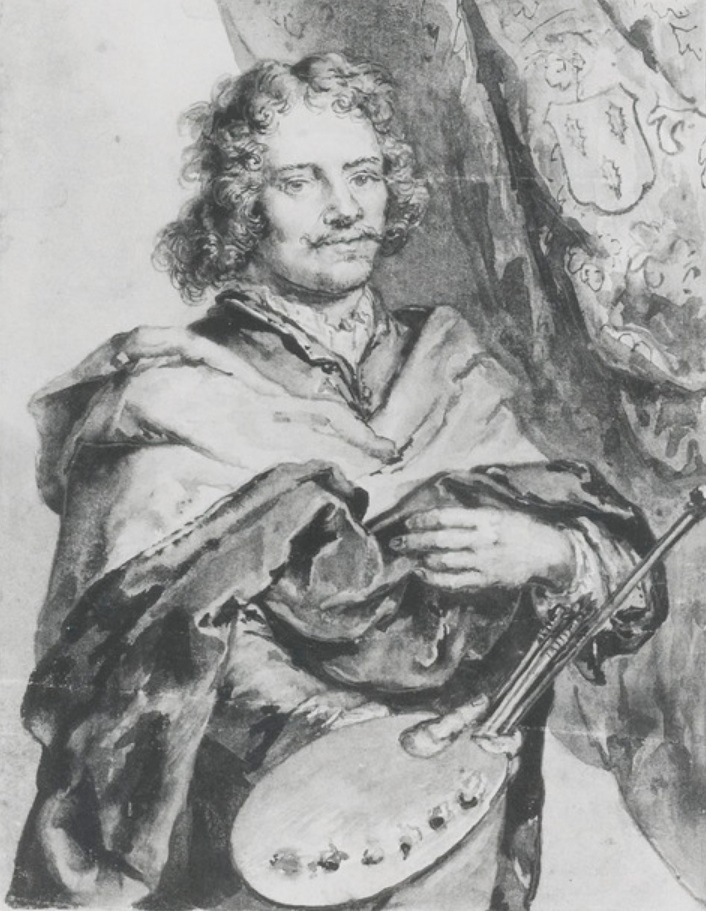
Hendrick Jansz ter Brugghen was a Dutch painter of genre scenes and religious subjects. He was one of the Dutch followers of Caravaggio – the so-called Utrecht Caravaggisti. Along with Gerrit van Hondhorst and Dirck van Baburen, Ter Brugghen was one of the most important Dutch painters to have been influenced by Caravaggio.
Ter Brugghen's favourite subjects were half-length figures of drinkers or musicians, but he also produced larger-scale religious images and group portraits. He carried with him Caravaggio's influence, and his paintings have a strong dramatic use of light and shadow, as well as emotionally charged subjects. His treatment of religious subjects can be seen reflected in the work of Rembrandt, and elements of his style can also be found in the paintings of Frans Hals and Johannes Vermeer. Peter Paul Rubens described ter Brugghen's work as "...above that of all the other Utrecht artists".

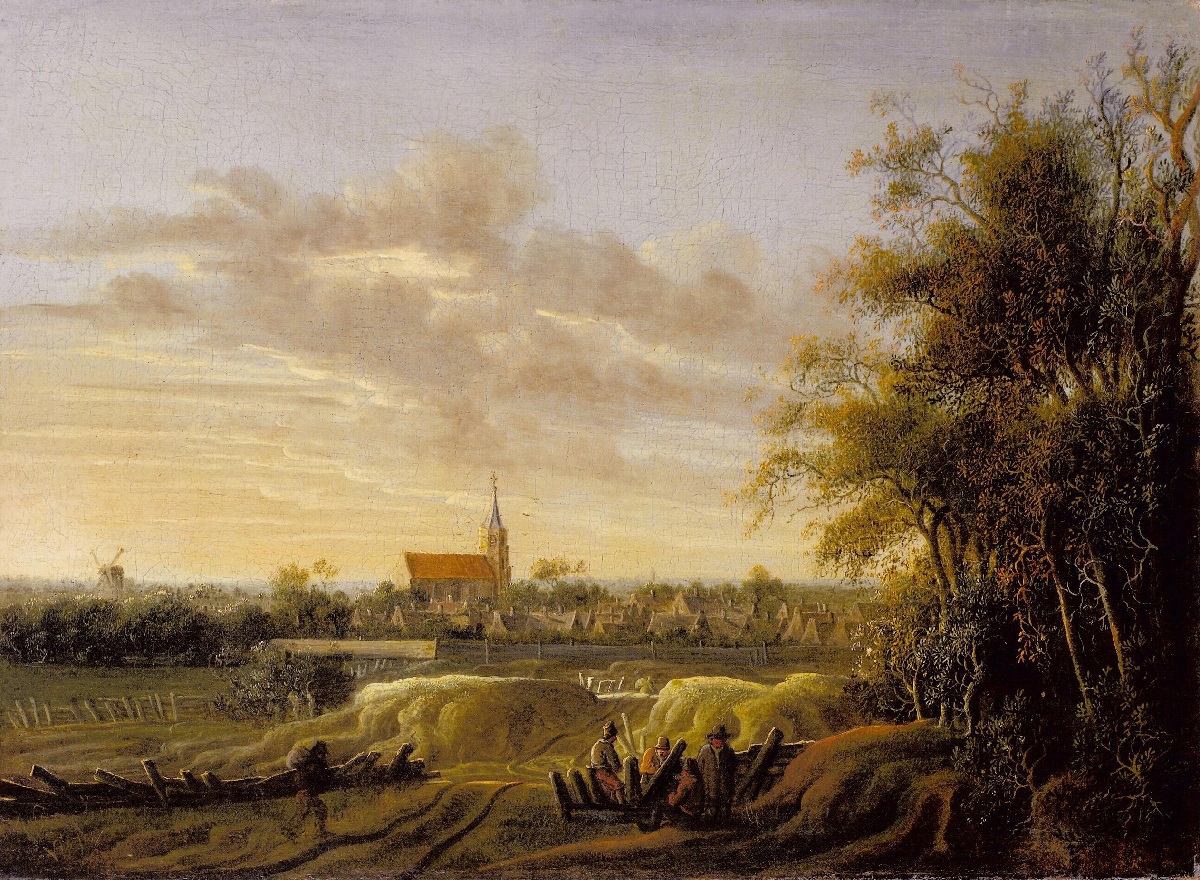
Anthonie Jansz. van der Croos was a Dutch painter and draughtsman of the Golden Age of Dutch painting. He mainly painted landscapes, often in combination with castles or country houses, as well as cityscapes. He was a pupil of Moyses van Uyttenbroeck.
Antoni Jans van der Kroes lived and worked in The Hague from 1634. He became a member of the local St. Luke's Guild in 1647. He was a neighbour of Jan van Goyen, whose work had a great influence on him, so much so that their works were sometimes confused with each other.
In 1656 he became co-founder and secretary of the Confrerie Pictura in The Hague.
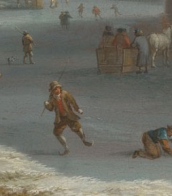
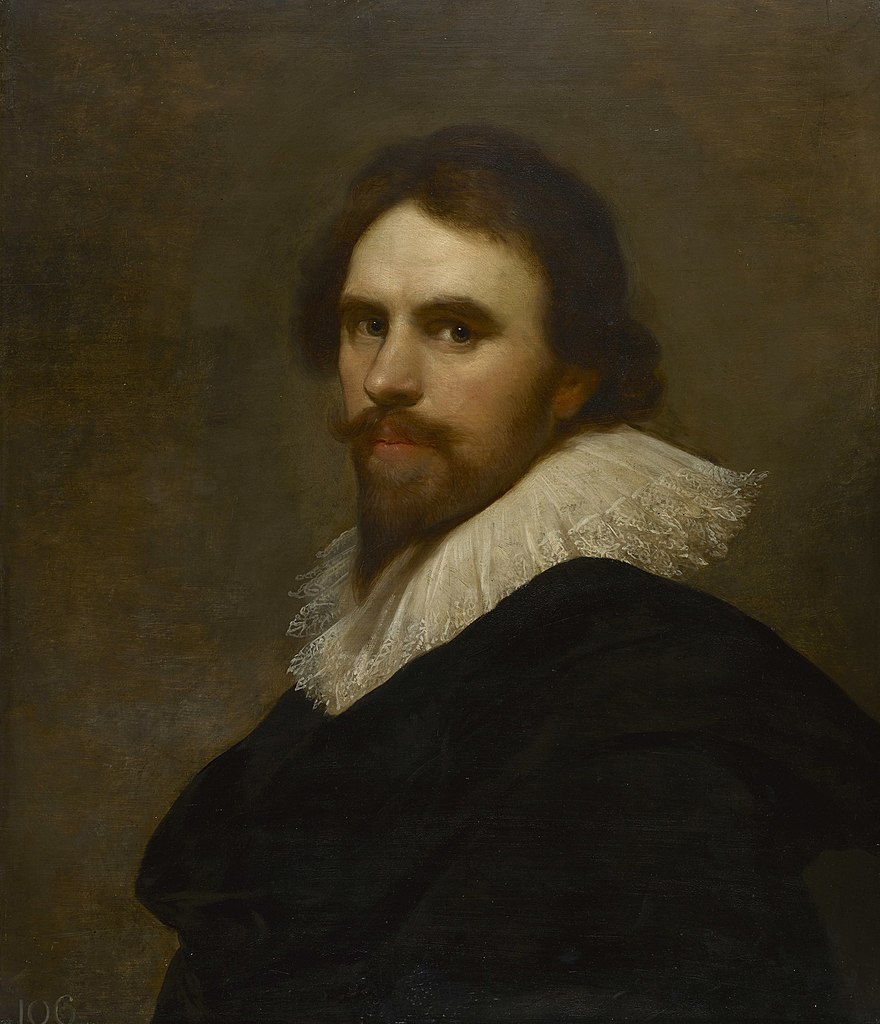
Daniël Mijtens was a Dutch painter, portrait painter, draughtsman and printmaker of the Golden Age of Dutch art. He worked in England for a significant part of his life.
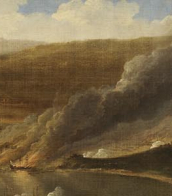

Daniël Mijtens was a Dutch painter, portrait painter, draughtsman and printmaker of the Golden Age of Dutch art. He worked in England for a significant part of his life.


Daniël Mijtens was a Dutch painter, portrait painter, draughtsman and printmaker of the Golden Age of Dutch art. He worked in England for a significant part of his life.

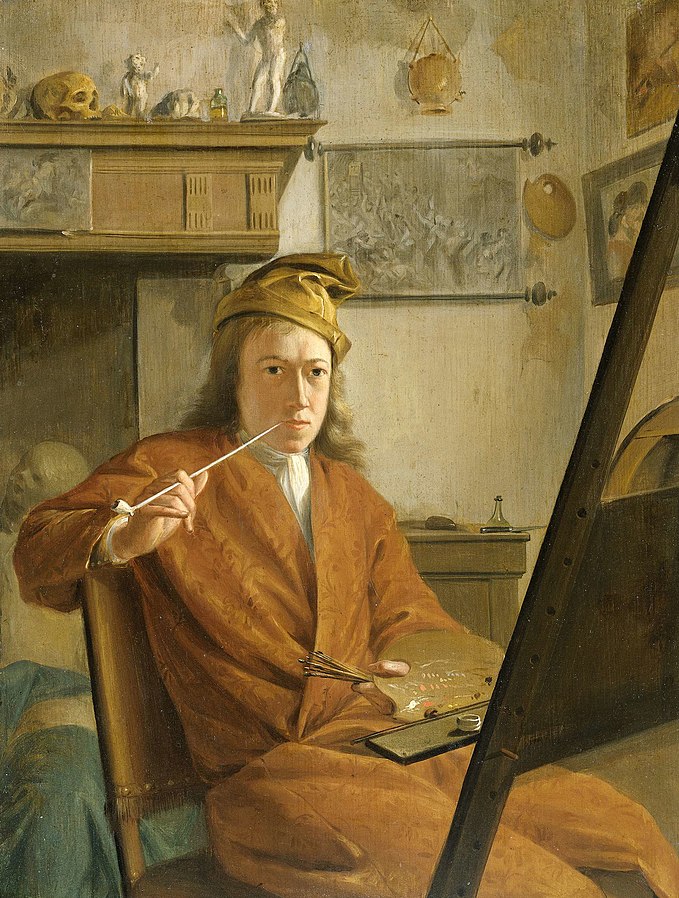
Aert Schouman or Aart Schouman was an 18th-century painter, now better known as a glass engraver, from the Dutch Republic. He was a prolific and versatile Dutch painter, glass engraver, printmaker, collector and dealer, who produced still lifes, biblical and mythological themes, natural history studies, genre, historical and topographical works, portraits, sketches, etchings and mezzotints. He designed tapestries, painted wall-hangings and decorated objects such as fans, snuffboxes and even the glass windows of a magic lantern. From 1742 until 1792 he was head of the Dordrecht Guild of St. Luke, and in 1751 he became regent of the Hague drawing school associated with the Confrerie Pictura of The Hague. In 1736 he founded the "Brotherhood" of the Confrerie in The Hague, a fraternity of amateur art lovers from Dordrecht and environs, of which he was headman during the years 1752–1762.
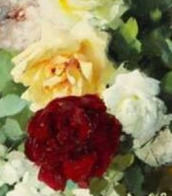
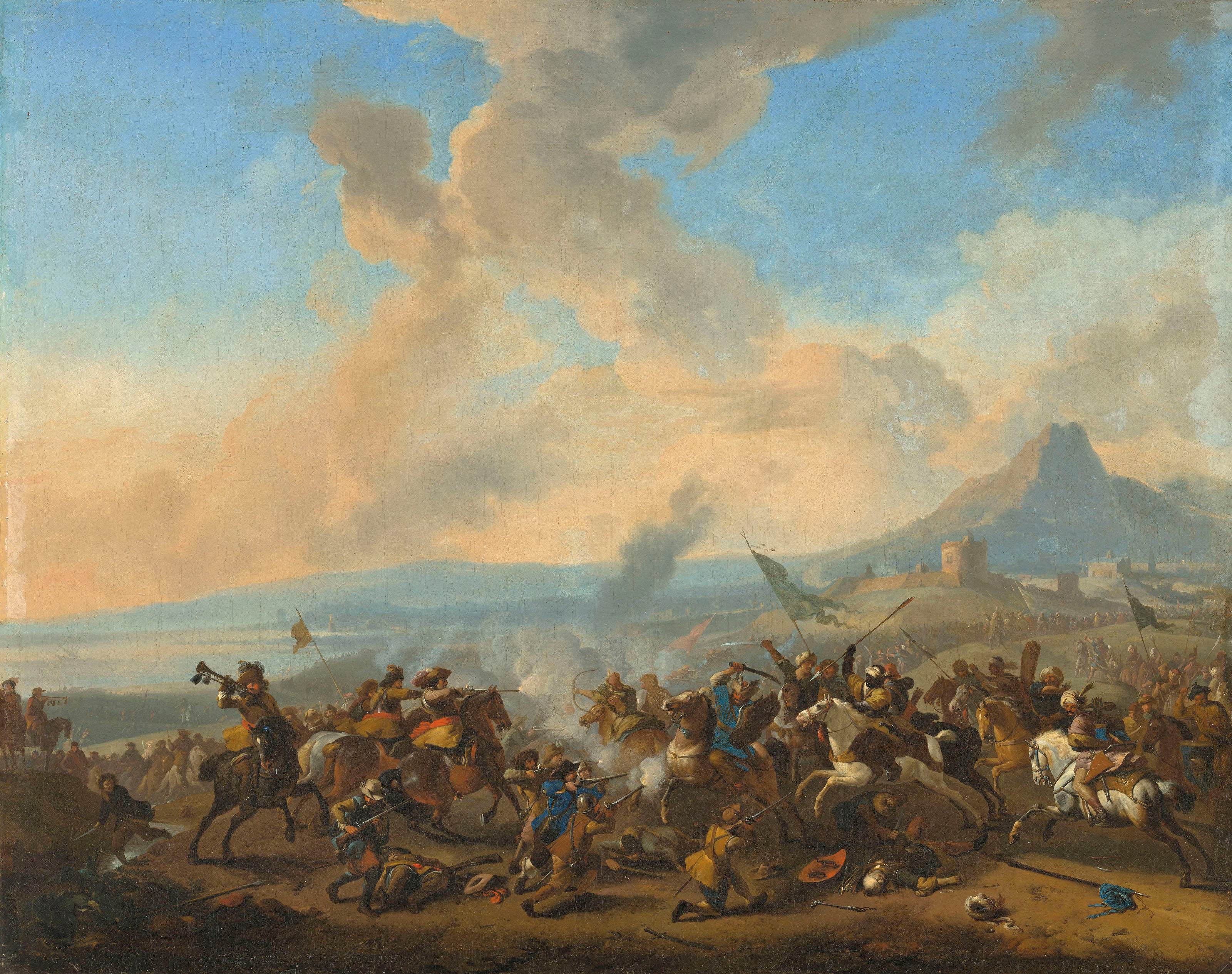
Jan van Huchtenburgh was a Dutch painter of the Dutch Golden Age who specialised in battle scenes and landscapes.
Jan van Huchtenburgh was known for his ability to create dramatic and dynamic battle scenes, often depicting historical events of the 17th and 18th centuries. His work is noted for its precision and attention to detail, as well as his use of light and shadow to create a sense of depth and drama.
In addition to battle scenes, Huchtenburg was also a skilled landscape painter. He often depicted scenes of the Dutch countryside with rolling hills, winding rivers and expansive skies.
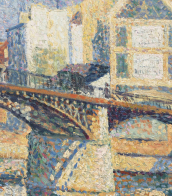
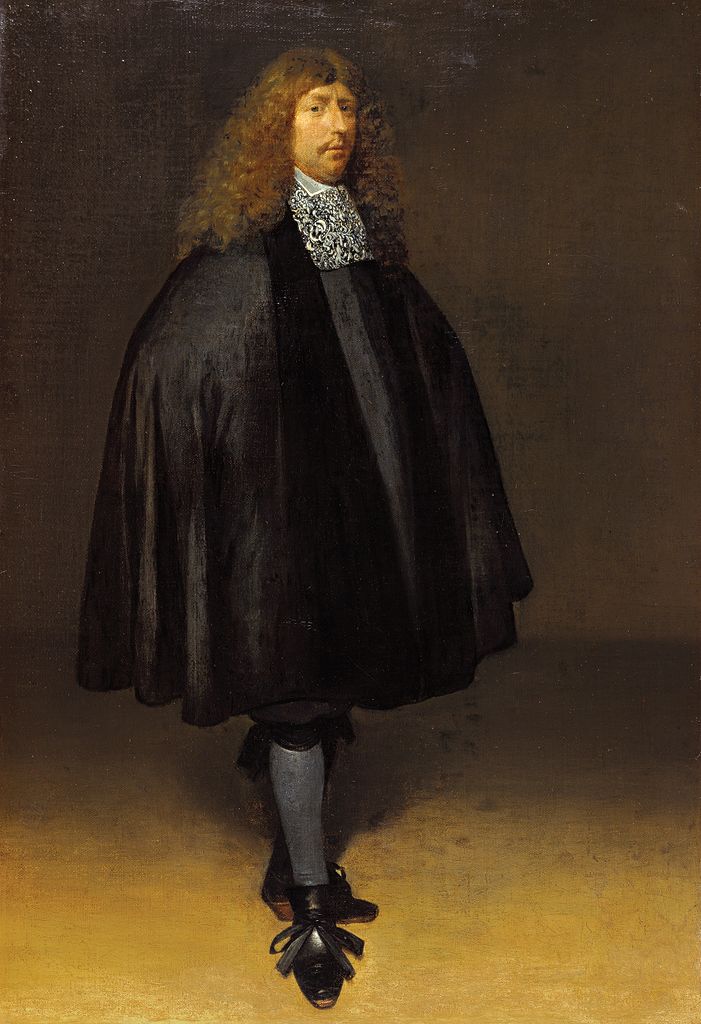
Gerard ter Borch was one of the leading masters of Dutch genre painting of the Golden Age. His realistic aesthetic was developed by the Delft masters Pieter de Hooch and Jan Vermeer.

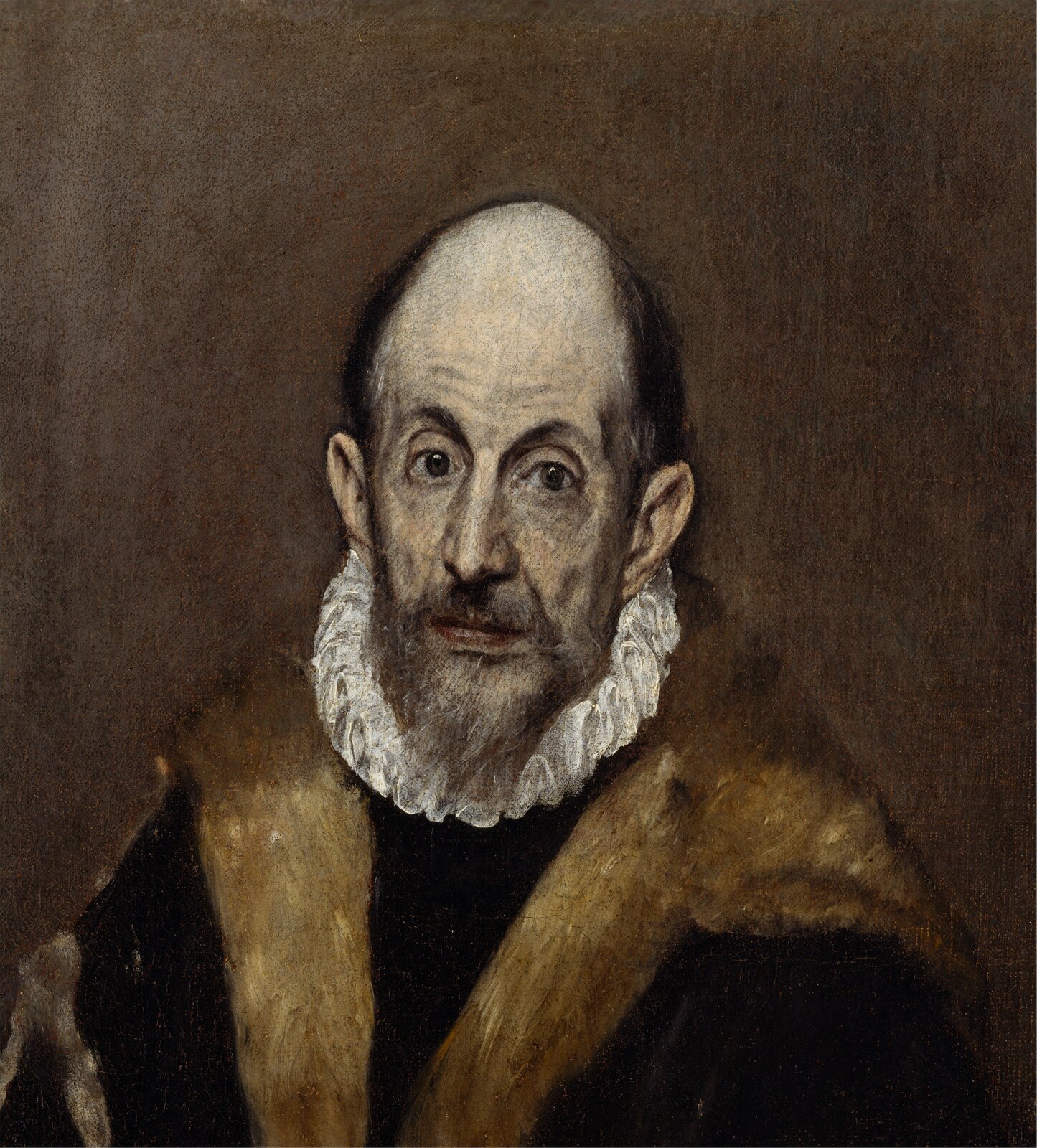
Domínikos Theotokópoulos, most widely known as El Greco ("The Greek"), was a Greek painter, sculptor and architect of the Spanish Renaissance.
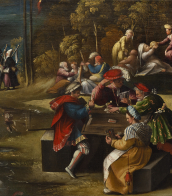
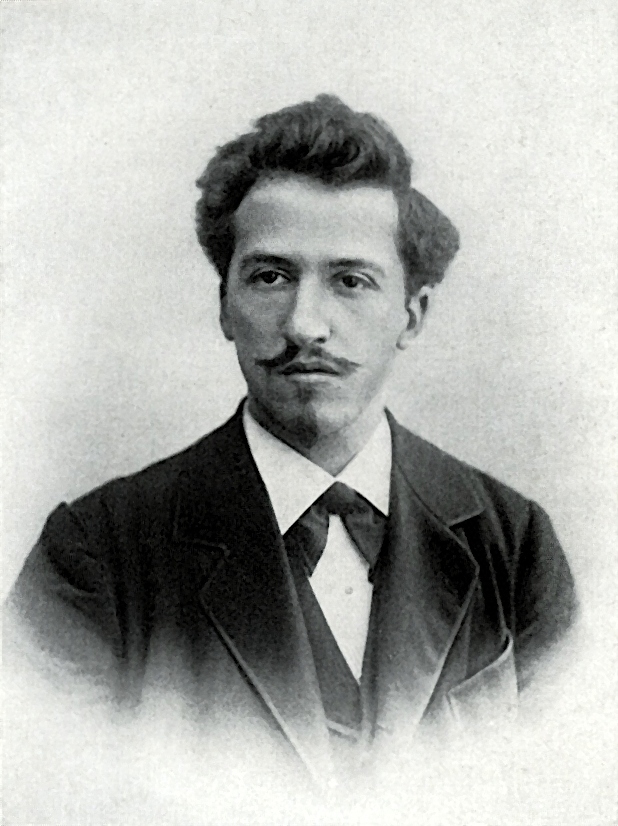
Pieter Cornelis Mondriaan, later known as Piet Mondrian, was a Dutch painter and art theoretician, whose transformation from figurative art to an abstract modernist style revolutionized the visual arts landscape of the 20th century. Born on March 7, 1872, in Amersfoort, Netherlands, and passing away on February 1, 1944, in New York, Mondrian's journey in art began in a devoutly Calvinist home where both art and music were encouraged. His early works were influenced by his surroundings, featuring landscapes in an Impressionist manner, but it was his shift to Paris in 1911 that marked the beginning of his profound evolution towards abstraction.
Mondrian co-founded the De Stijl art movement, aiming to achieve a universal aesthetic through the simplification of visual elements to their essentials: straight lines, right angles, primary colors, and the use of black, white, and gray. This reductionist approach, termed Neoplasticism, was Mondrian's contribution to creating 'universal beauty'. His philosophy extended beyond the canvas, influencing architecture, design, and fashion, encapsulating the modernist ideal and becoming synonymous with Modernism itself.
Some of Mondrian's notable works, such as "Composition with Red, Blue, and Yellow" and "Broadway Boogie Woogie", exemplify his revolutionary style, characterized by an economy of color and a rigorously abstract geometry that aimed to express the dynamic equilibrium of universal forces. These masterpieces, along with his theoretical writings, left a lasting impact on the course of abstract painting and several major art movements including Color Field painting, Abstract Expressionism, and Minimalism.
Mondrian's art is celebrated in museums and galleries worldwide, notably at the Gemeentemuseum Den Haag and the Museum of Modern Art in New York, where his evolution from figuration to geometric abstraction continues to inspire and captivate audiences. His commitment to exploring the spiritual in art through a radical simplification of form and color has cemented his legacy as one of the pioneers of 20th-century abstract art.
For collectors and experts in art and antiques, Mondrian's works represent not just significant artistic achievements but also pivotal moments in the history of modern art. His influence extends far beyond his own creations, shaping the development of modern aesthetics in numerous fields. If you're intrigued by Mondrian's vision of harmony and order through abstraction, we invite you to sign up for updates. This subscription will keep you informed about new product sales and auction events related to Mondrian's work, ensuring you stay connected to the ever-evolving world of art and design inspired by this iconic figure.


Pieter Cornelis Mondriaan, later known as Piet Mondrian, was a Dutch painter and art theoretician, whose transformation from figurative art to an abstract modernist style revolutionized the visual arts landscape of the 20th century. Born on March 7, 1872, in Amersfoort, Netherlands, and passing away on February 1, 1944, in New York, Mondrian's journey in art began in a devoutly Calvinist home where both art and music were encouraged. His early works were influenced by his surroundings, featuring landscapes in an Impressionist manner, but it was his shift to Paris in 1911 that marked the beginning of his profound evolution towards abstraction.
Mondrian co-founded the De Stijl art movement, aiming to achieve a universal aesthetic through the simplification of visual elements to their essentials: straight lines, right angles, primary colors, and the use of black, white, and gray. This reductionist approach, termed Neoplasticism, was Mondrian's contribution to creating 'universal beauty'. His philosophy extended beyond the canvas, influencing architecture, design, and fashion, encapsulating the modernist ideal and becoming synonymous with Modernism itself.
Some of Mondrian's notable works, such as "Composition with Red, Blue, and Yellow" and "Broadway Boogie Woogie", exemplify his revolutionary style, characterized by an economy of color and a rigorously abstract geometry that aimed to express the dynamic equilibrium of universal forces. These masterpieces, along with his theoretical writings, left a lasting impact on the course of abstract painting and several major art movements including Color Field painting, Abstract Expressionism, and Minimalism.
Mondrian's art is celebrated in museums and galleries worldwide, notably at the Gemeentemuseum Den Haag and the Museum of Modern Art in New York, where his evolution from figuration to geometric abstraction continues to inspire and captivate audiences. His commitment to exploring the spiritual in art through a radical simplification of form and color has cemented his legacy as one of the pioneers of 20th-century abstract art.
For collectors and experts in art and antiques, Mondrian's works represent not just significant artistic achievements but also pivotal moments in the history of modern art. His influence extends far beyond his own creations, shaping the development of modern aesthetics in numerous fields. If you're intrigued by Mondrian's vision of harmony and order through abstraction, we invite you to sign up for updates. This subscription will keep you informed about new product sales and auction events related to Mondrian's work, ensuring you stay connected to the ever-evolving world of art and design inspired by this iconic figure.

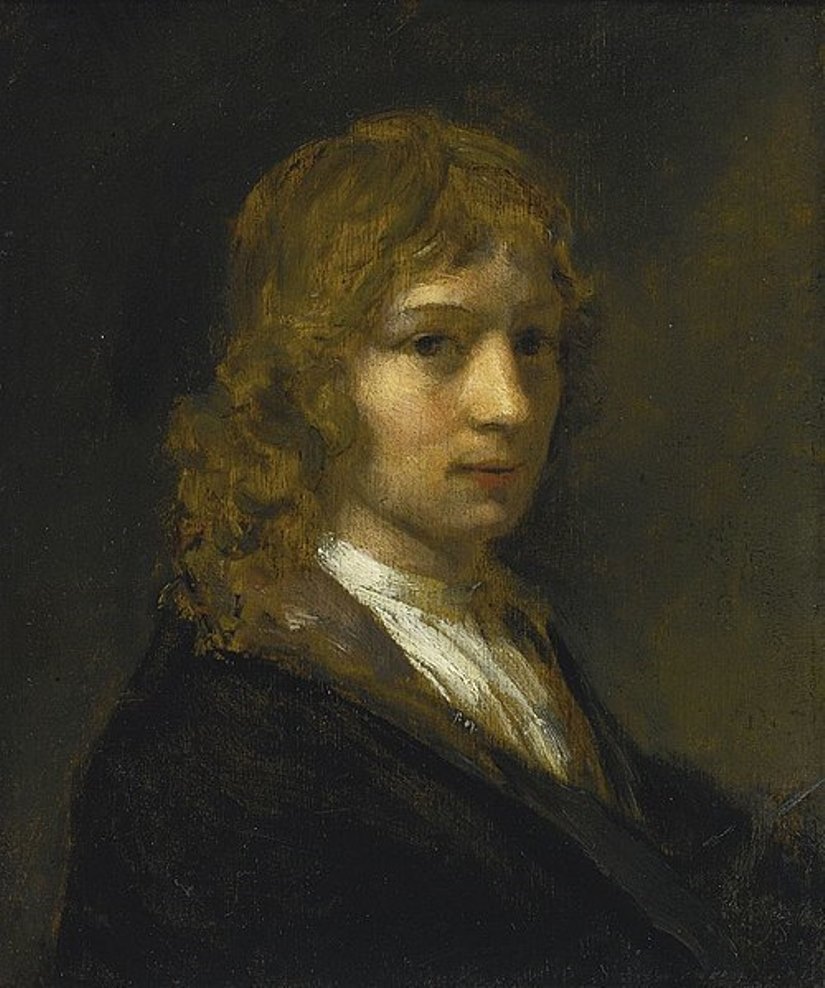
Willem Drost was a notable Dutch Golden Age painter and printmaker known for his history paintings and portraits. His journey through the art world led him from his birthplace in Amsterdam to the vibrant cultural scene of Venice, where he spent his final years. Drost's work, particularly influenced by his time as one of Rembrandt's most gifted pupils, showcases a mastery of Baroque style, characterized by dramatic use of light and shadow, and a focus on realism and emotional depth.
Despite the relatively small number of works directly attributed to Drost, his legacy is significant, with several of his paintings having been mistakenly attributed to Rembrandt for centuries. This confusion underscores Drost's skill in emulating Rembrandt's style so closely that discerning between the master's and the pupil's work became a subject of scholarly investigation. Among Drost's known pieces, "Bathsheba" (1654), held at the Louvre, stands out for its sensuous portrayal of the biblical figure, showcasing Drost's ability to capture the nuanced interplay of light and shadow, as well as the psychological complexity of his subjects.
Drost's contribution to the Dutch Golden Age of painting is now more clearly recognized, with artworks such as "The Polish Rider," once thought to be by Rembrandt, suggested by some scholars as possibly being his work. While controversial, this reevaluation of Drost's contributions highlights the ongoing discussion about attribution within the art community and the importance of pupils in the studios of great masters like Rembrandt.
For collectors and experts in art and antiques, Willem Drost offers a fascinating glimpse into the world of the Dutch Golden Age, where the lines between master and pupil blur in the shared pursuit of artistic excellence. His works, housed in museums like the Ashmolean Museum in Oxford, the Metropolitan Museum of Art in New York City, and The Wallace Collection in London, continue to captivate audiences with their beauty and emotional depth.
To stay informed about new discoveries, sales, and auction events related to Willem Drost, signing up for updates from art galleries and auction houses is recommended. This ensures access to the latest information and opportunities to engage with the works of this remarkable artist who played a vital role in the legacy of the Dutch Golden Age.

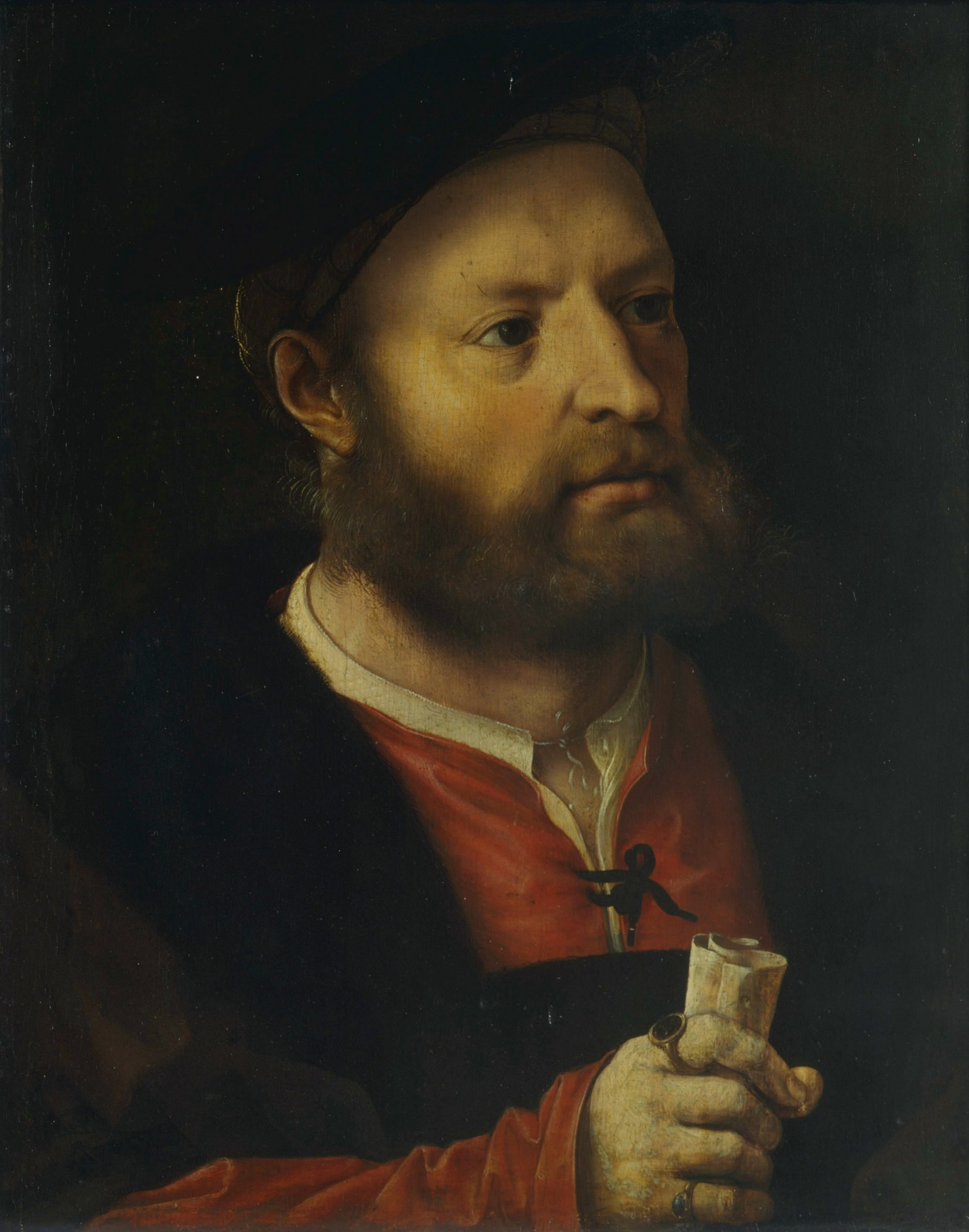
Jan Gossaert was a French-speaking painter from the Low Countries also known as Jan Mabuse (the name he adopted from his birthplace, Maubeuge) or Jennyn van Hennegouwe (Hainaut), as he called himself when he matriculated in the Guild of Saint Luke, at Antwerp, in 1503. He was one of the first painters of Dutch and Flemish Renaissance painting to visit Italy and Rome, which he did in 1508–09, and a leader of the style known as Romanism, which brought elements of Italian Renaissance painting to the north, sometimes with a rather awkward effect. He achieved fame across at least northern Europe, and painted religious subjects, including large altarpieces, but also portraits and mythological subjects, including some nudity.

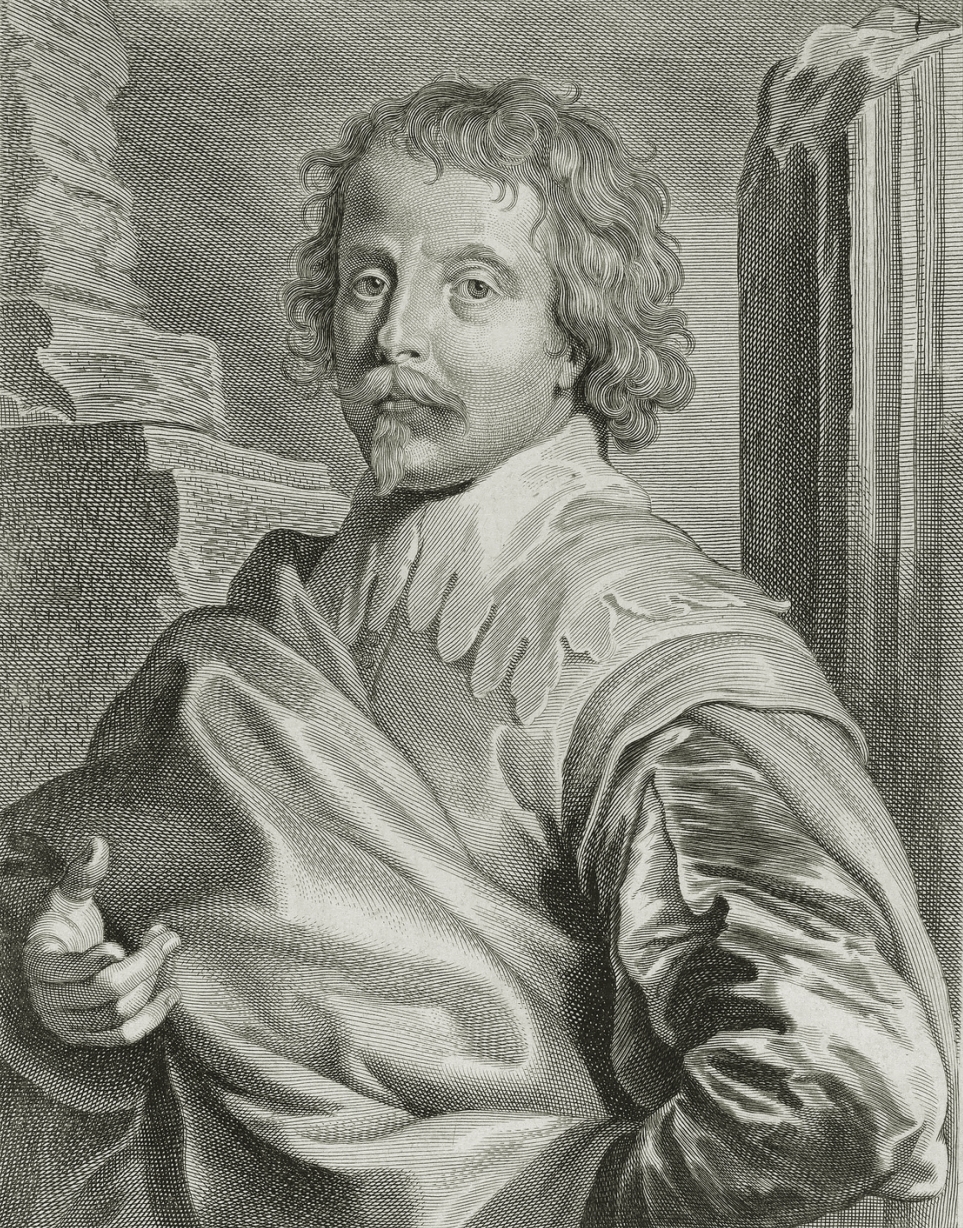
Cornelis van Poelenburgh was a Dutch landscape painter and draftsman of the Dutch Golden Age of painting. He was a leading representative of the first generation of Dutch landscape painters who worked in Rome in the early 17th century. In a group of fellow Dutch Bentvueghels he was nicknamed Satyr. Pulenbrüerg was known for his small paintings depicting Italian landscapes with small figures depicting biblical or mythological scenes.

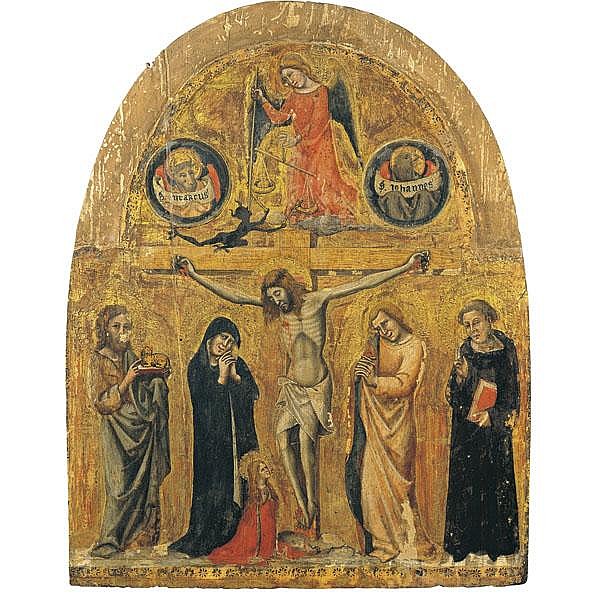


Benvenuto di Giovanni di Meo del Guasta, an Italian painter hailing from Siena, was recognized for his compelling panel paintings, frescoes, and manuscripts produced over a span of 43 years, during the Renaissance period. Born around 1436, his work life was largely based in Siena, where he was first documented as a young artist in 1453. His teacher was likely Vecchietta, with whom he collaborated on fresco decoration in Siena's baptistry. Di Giovanni married Jacopa di Tommaso da Cetona in 1466, which marked the beginning of a productive period that saw the creation of notable works such as the Annunciation and Saints (1466) and the Nativity (1470).
Benvenuto di Giovanni's style was characterized by its noble, classical forms and bright, intensely lit, glassy consistency, influenced by his interaction with North Italian miniaturists like Liberale da Verona and Girolamo da Cremona. His works, such as the triptych from Montepertuso (1475), the Borghesi altarpiece, and the triptych in the National Gallery, London (1479), stand as masterpieces of his sharply defined and surreal world. In the later years of his career, di Giovanni was commissioned for floor designs in the Siena cathedral and miniatures for its choir books, showing a style that occasionally simplified due to collaboration with his son, Girolamo di Benvenuto, but remained distinctively his.
Significant works by Benvenuto di Giovanni include "The Adoration of the Magi" and "The Crucifixion," both showcasing his mastery in perspective and religious narrative. For collectors and experts in art and antiques interested in the evocative and historically rich works of the Renaissance, Benvenuto di Giovanni's oeuvre offers a captivating exploration of 15th-century Sienese artistry.
To stay updated on sales and auction events featuring works by Benvenuto di Giovanni, sign up for updates. This subscription ensures that enthusiasts and collectors are always informed about new opportunities to engage with the exquisite works of this renowned Renaissance artist.
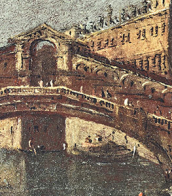

Benvenuto di Giovanni di Meo del Guasta, an Italian painter hailing from Siena, was recognized for his compelling panel paintings, frescoes, and manuscripts produced over a span of 43 years, during the Renaissance period. Born around 1436, his work life was largely based in Siena, where he was first documented as a young artist in 1453. His teacher was likely Vecchietta, with whom he collaborated on fresco decoration in Siena's baptistry. Di Giovanni married Jacopa di Tommaso da Cetona in 1466, which marked the beginning of a productive period that saw the creation of notable works such as the Annunciation and Saints (1466) and the Nativity (1470).
Benvenuto di Giovanni's style was characterized by its noble, classical forms and bright, intensely lit, glassy consistency, influenced by his interaction with North Italian miniaturists like Liberale da Verona and Girolamo da Cremona. His works, such as the triptych from Montepertuso (1475), the Borghesi altarpiece, and the triptych in the National Gallery, London (1479), stand as masterpieces of his sharply defined and surreal world. In the later years of his career, di Giovanni was commissioned for floor designs in the Siena cathedral and miniatures for its choir books, showing a style that occasionally simplified due to collaboration with his son, Girolamo di Benvenuto, but remained distinctively his.
Significant works by Benvenuto di Giovanni include "The Adoration of the Magi" and "The Crucifixion," both showcasing his mastery in perspective and religious narrative. For collectors and experts in art and antiques interested in the evocative and historically rich works of the Renaissance, Benvenuto di Giovanni's oeuvre offers a captivating exploration of 15th-century Sienese artistry.
To stay updated on sales and auction events featuring works by Benvenuto di Giovanni, sign up for updates. This subscription ensures that enthusiasts and collectors are always informed about new opportunities to engage with the exquisite works of this renowned Renaissance artist.





